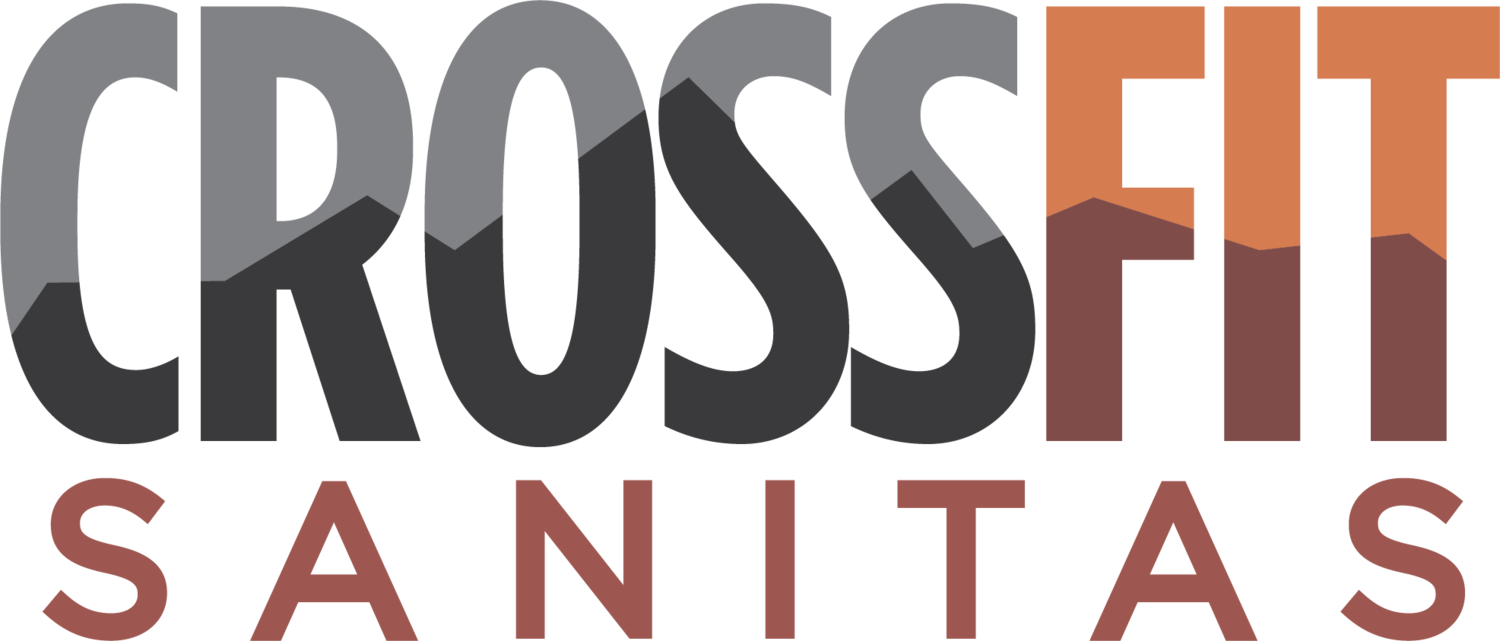Glycemic Index vs. Glycemic Load
The Glycemic Index (GI) ranks specific carbohydrates from zero to 100, based on the rate in which they affect your blood sugar levels. A GI of 1 to 55 is low, 56 to 69 is medium, and 70 to 100 is high. Higher ranking foods spike both blood sugar and insulin levels and should be avoided when possible. (GL) measures the blood-sugar-raising power per serving of food. To calculate the Glycemic Load, multiply the GI of a food by the amount of grams of carbohydrate in a specific serving, and then divide that number by 100. A glycemic load of 10 or less is low, 11 to 19 is medium, 20 or more is high. Totals for daily GL under 80 are considered low and if you can keep the number below 120 you are doing well.
Both measurements are useful. Glycemic load helps you select appropriate portion sizes, while glycemic index helps you differentiate between good and bad carbohydrate choices. The lower each number, the less it affects blood sugar levels.
Why is this important?
When selecting carbohydrate sources, people often think that just because a food has a low Glycemic Index number, that they can eat endless amounts with out the disadvantages of higher GI foods. This is inaccurate. A low GI food can still spike blood sugar substantially when larger portions are eaten. The Glycemic load helps to mitigate this misunderstanding by taking portion size into account.
Consider using the Gycemic Load to calculate the values for your favorite carbohydrate sources. This will help you select the best portion sizes to maximize weight loss, stabilize energy levels, and of course lift more weight of improve your WOD times.

